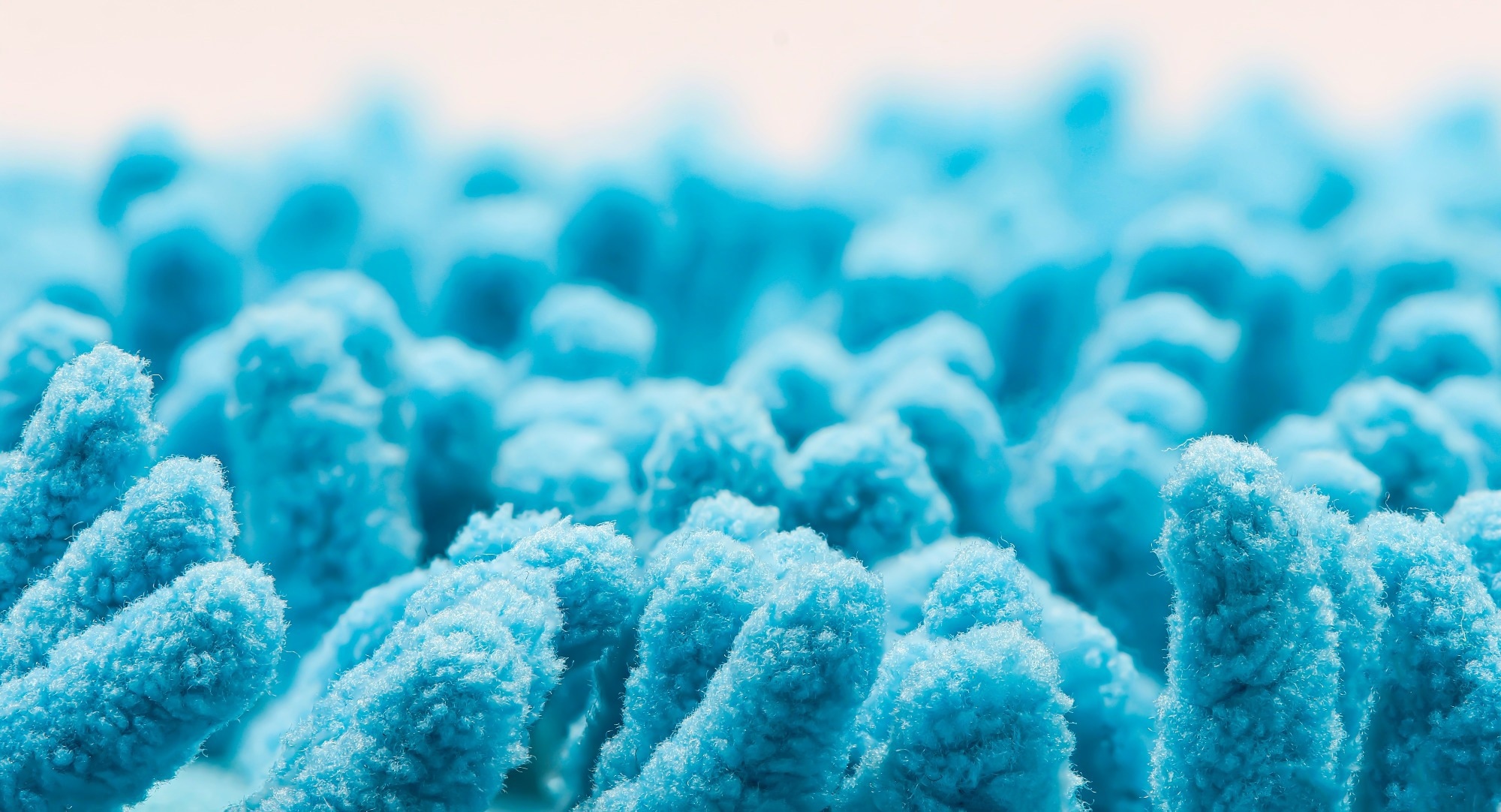In a recent article published in The Lancet Microbe, researchers discussed the need to enhance research on the interactions between bacterial pathogens and commensals within human microbiomes and host biology to develop innovative infection prevention and treatment strategies.
 Study: Integrating research on bacterial pathogens and commensals to fight infections—an ecological perspective. Image Credit: TopMicrobialStock/Shutterstock.com
Study: Integrating research on bacterial pathogens and commensals to fight infections—an ecological perspective. Image Credit: TopMicrobialStock/Shutterstock.com
Background
The growing appreciation of the human microbiome's role in health drives innovative disease prevention and treatment approaches.
This includes using microbiome signatures as biomarkers for diagnosing various diseases and exploring interventions like fecal microbiota transplantation.
Historically, research focused more on pathogens, but now, understanding the dynamic roles of pathogens and commensals is essential. Interdisciplinary collaboration offers new insights into the ecological factors driving bacterial behavior and the development of preventive and therapeutic strategies for infections.
This convergence of microbiome science and innovative approaches holds great potential for promoting human health.
Future research on commensal bacteria inspired by that on pathogens
Research on commensal bacteria is gaining momentum, inspired by the extensive study of major bacterial pathogens like Shigella flexneri, Staphylococcus aureus, and Streptococcus pneumoniae.
While pathogens have been extensively studied, commensals, particularly those from genera like Bacteroides, Clostridium, and Cutibacterium, have received less attention despite their potential clinical significance.
Evidence suggests that certain commensals play crucial roles in human health, producing compounds that inhibit pathogens and those that directly benefit the host. Understanding the host-specificity and biology of these beneficial commensals could offer insights into combating bacterial infections.
Additionally, exploring the mechanisms behind commensal-host interactions, such as adhesion to epithelial surfaces and modulation of mucosal immunity, could provide further avenues for research.
Expanding our understanding of fitness mechanisms of facultative human pathogens
Research on facultative human pathogens, which typically exist as commensals but can cause disease under certain conditions, is gaining importance, considering the global rise in antimicrobial resistance.
While much attention has been given to understanding the virulence mechanisms of major pathogens like S. aureus and S. pneumoniae, the factors influencing the fitness of these organisms during their commensal phase have been largely overlooked.
This oversight is particularly concerning given the increasing prevalence of antibiotic-resistant pathogens, including those grouped as ESKAPE pathogens (Enterococcus faecium, Staphylococcus aureus, Klebsiella pneumoniae, Acinetobacter baumannii, Pseudomonas aeruginosa, and Enterobacter spp).
Understanding why certain antibiotic-resistant clones spread more effectively than others is crucial for developing effective control strategies.
Applying ecological concepts to studying pathogenic bacteria could shed light on their success in competing with other microbiome members. Factors such as nutrient utilization, resistance to antimicrobial molecules, and adhesion to host epithelial surfaces play important roles in determining a bacterial species' long-term success within a host and its ability to spread to new hosts.
Investigating the mechanisms underlying vertical and lateral transmission of bacteria is also crucial, as it can provide insights into the dynamics of microbiome colonization and infection spread.
The severity and type of infection caused by pathogens can influence their spread among hosts. For example, pathogens like S. flexneri, causing diarrheal diseases, may spread through contaminated sewage, while those like S. aureus, causing skin infections, may spread through direct contact between individuals.
Accidental pathogens, which typically lack aggressive toxins but possess immune-evasion mechanisms, may persist in human microbiomes more readily than professional pathogens.
However, professional pathogens can also cause opportunistic infections, particularly in immunocompromised individuals.
Integrative understanding of fitness of bacterial commensals and pathogens can help with infection prevention
Understanding commensal and pathogenic bacteria within their natural habitats can provide valuable insights for controlling infections and addressing microbiome-related disorders.
Commensal bacteria exhibit complex effects on infectious diseases, employing various defense strategies such as antimicrobial production and metabolic interference to inhibit pathogen colonization.
Microbiome restoration through fecal microbiota transplantation has shown promise in treating infections, but standardized approaches are needed. Utilizing defined commensal communities for microbiome editing could offer more consistent results and personalized treatment options.
However, antibiotic treatment, primarily with broad-spectrum antibiotics, can disrupt the microbiome and fuel antibiotic resistance.
Commensals play a crucial role in resistance gene transfer to pathogens, highlighting the need to monitor key commensal species alongside major pathogens.
Ecological approaches to infection research can help identify vulnerabilities in pathogens, leading to the development of targeted anti-fitness drugs and anti-virulence compounds. Understanding the interplay between pathogens and mucosal immunity is essential for developing mucosal vaccines against potentially pathogenic microbiome members.
Conclusion
In conclusion, understanding the interaction between commensal and pathogenic bacteria within their ecological contexts offers promising avenues for infection prevention and treatment.
By leveraging the protective mechanisms of commensals and targeting pathogen virulence, tailored interventions can enhance host defenses and suppress pathogen proliferation.
Moreover, the development of mucosal vaccines and microbiome-based therapies offers new strategies for infection control. Integrating ecological principles into infection research provides a holistic framework for combating infectious diseases and addressing antimicrobial resistance, ultimately optimizing human health.